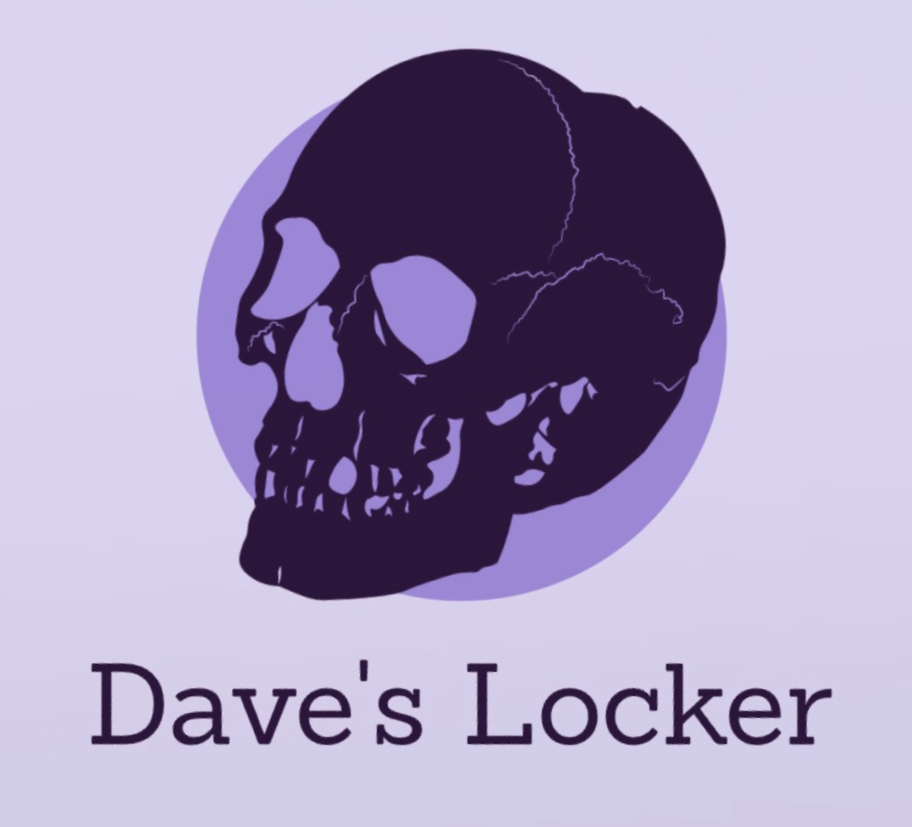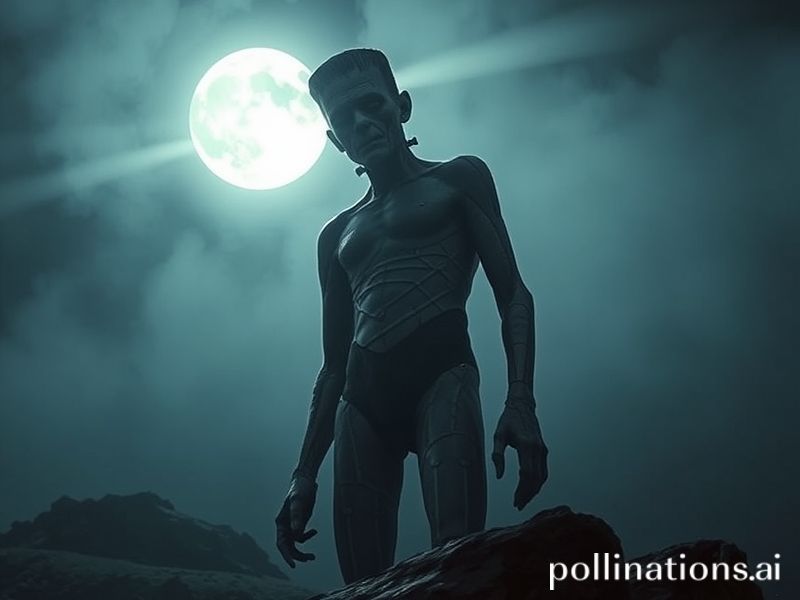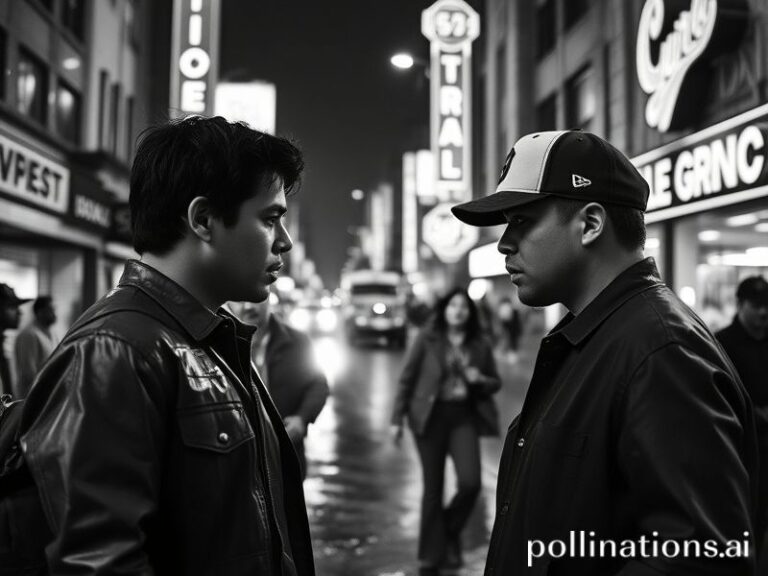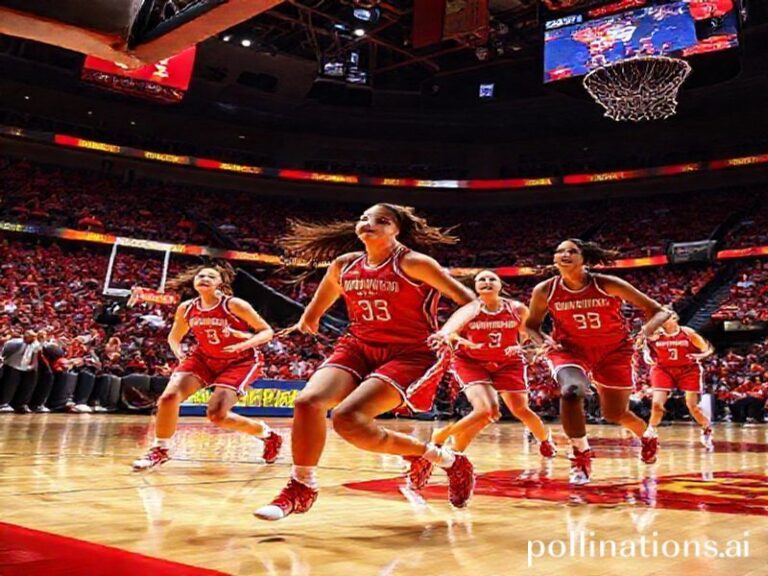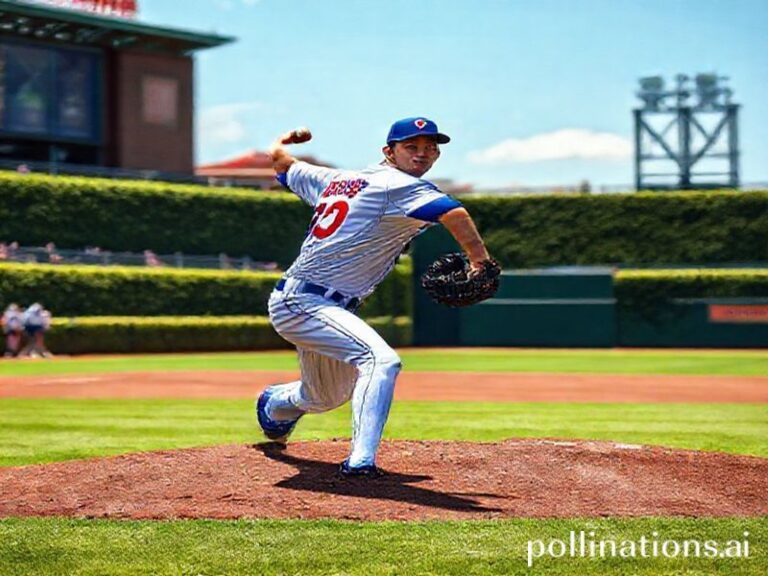Frankenstein’s Monster: Why the 200-Year-Old Creation is Still Trending
**Frankenstein’s Monster: Why the 200-Year-Old Creation is Still Trending**
Alright, folks, grab your lightning bolts and stitches, because we’re diving into the resurgence of everyone’s favorite patchwork power couple: Frankenstein and his monster. That’s right, the original mad scientist and his misunderstood creation are back in the spotlight, and it’s not just because someone found a dusty copy of the book in their grandma’s attic. So, why is Frankenstein trending globally after 200 years? Let’s break it down.
**Cultural Context: From Gothic Novel to Global Phenomenon**
Mary Shelley’s “Frankenstein; or, The Modern Prometheus” was first published anonymously in 1818, making it one of the earliest examples of science fiction. The novel explores themes of ambition, isolation, and the consequences of playing god, all wrapped up in a gothic, suspenseful narrative. Fast forward to the 21st century, and we’re still obsessed with these themes. Plus, who doesn’t love a good origin story?
The Frankenstein mythos has been adapted, referenced, and parodied countless times in pop culture, from the iconic Universal Monsters films to “The Munsters,” “Young Frankenstein,” and even “The Addams Family.” The story has become a cultural shorthand for the dangers of unchecked ambition and the importance of responsibility in creation.
**Social Impact: Frankenstein in the Age of AI and Bioengineering**
In today’s world, Frankenstein’s relevance is more pronounced than ever. We’re living in an age where advancements in artificial intelligence, bioengineering, and genetic editing are blurring the lines between science and science fiction. The ethical dilemmas posed by these technologies echo the central conflict of Shelley’s novel.
Take AI, for instance. As we develop more sophisticated algorithms and machine learning models, we’re grappling with questions about consciousness, autonomy, and the potential consequences of creating entities that can think and learn for themselves. Sound familiar? It’s like Frankenstein, but with ones and zeros instead of body parts.
Similarly, the rise of bioengineering and genetic editing technologies like CRISPR has sparked debates about the limits of human intervention in nature. Should we be playing god? What are the ethical implications of creating life in a lab? These are the same questions that Victor Frankenstein faced, albeit with a lot more sophisticated lab equipment.
**Why Frankenstein Matters Now**
Frankenstein’s enduring appeal lies in its timeless themes and its ability to adapt to new contexts. The story is a cautionary tale about the dangers of unchecked ambition, the importance of responsibility in creation, and the consequences of isolation and rejection. These themes are as relevant today as they were in 1818.
Moreover, Frankenstein is a powerful metaphor for the anxieties and hopes that accompany technological advancement. As we continue to push the boundaries of what’s possible, we’re constantly grappling with the potential consequences of our creations. Frankenstein reminds us that with great power comes great responsibility.
**Conclusion: The Monster Mash-Up**
So, why is Frankenstein trending globally? Because the story is a cultural touchstone that continues to resonate with us, even 200 years after its creation. It’s a reminder of the power of storytelling to explore complex ideas and provoke thought. And let’s face it, who doesn’t love a good monster story?
As we continue to navigate the complexities of the 21st century, Frankenstein serves as a powerful metaphor for the anxieties and hopes that accompany technological advancement. So, let’s raise a lightning bolt to Mary Shelley and her enduring creation. Here’s to another 200 years of Frankenstein!
